A. G. Spear Jr.’s Idea Sketchbook
Designer for GM, Chrysler, and Ford
Gil Spear grew up in New York where both of his parents were commercial artists. Spear started as the first industrial design student at Pratt Institute in 1934 but had to drop out in 1935 because of a lack of funding. He took a job as a cartoonist and, in 1937, he was hired at GM as a designer in Bill Mitchell’s Cadillac studio. When Spear was laid off at GM in 1938, he took a job with Norman Bel Geddes designing theatrical sets. When Bel Geddes was hired to design the GM exhibit at the 1939 New York World’s Fair, Spear assisted in building an elaborate city of the future ride. After the World’s Fair was over, Spear took a job in Chrysler’s design studio and was responsible for the design of the 1942 Chrysler grille. He left Chrysler in June 1942.
During World War II, Spear worked for Briggs Manufacturing as an aircraft salvage engineer. Towards the end of the war, he also started his own industrial design business.
In April 1947, Spear decided to build a new house for his family. To qualify for a construction loan, the bank told Spear he needed a regular pay check. Answering an ad in the newspaper, Spear applied at Ford’s Design Department, where he intended to work only long enough to make it look good to the loan officer.
Spear’s first assignment at Ford was to complete the 1949 Ford clay model that Oros and Engel had started, so engineering drawings could be finalized from it When Oswald instituted the studio system in 1947, Spear was appointed first head of the Ford Design Studio and he was in charge of updating the 1950 and ‘51 Fords.
In May 1948, Gene Bordinat asked Spear to organize Ford’s Advanced Studio as a means of getting fresh design talent into Ford and providing new ideas for future Ford products. In late 1954 Spear became head of the Special Projects Studio, where he supervised the design of the D-523 and the D-524. In mid-1955, Spear left the Styling Center to become the head of the Engineering Department’s separate design studio (Special Development Studio).
While at the Special Development Studio, Spear supervised completion of the D- 523 and D-524 and development of the Bimini, the Midshipman and the Personal Safety Vehicles. In February 1958, Spear returned to the Styling Center as an executive designer in the Ford pre-production studio. He later became an executive designer for international operations and in the Lincoln- Mercury studio.
From 1967 to 1971, Spear was chief designer at Ford of England. He retired in 1974. Spear (as of 1999) continues to work with patent attorneys perfecting new products.
Posted by permission.
Photos courtesy of Ford Archives.
From Ford Design Department—Concepts & Showcars, 1932-1961 by Jim and Cheryl Farrell
ISBN 0-9672428-0-0
Book review to come.
For book ordering information, email: cfarrell57@gmail.com
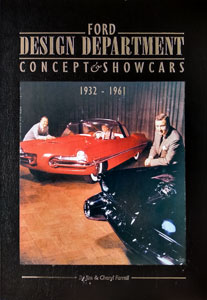

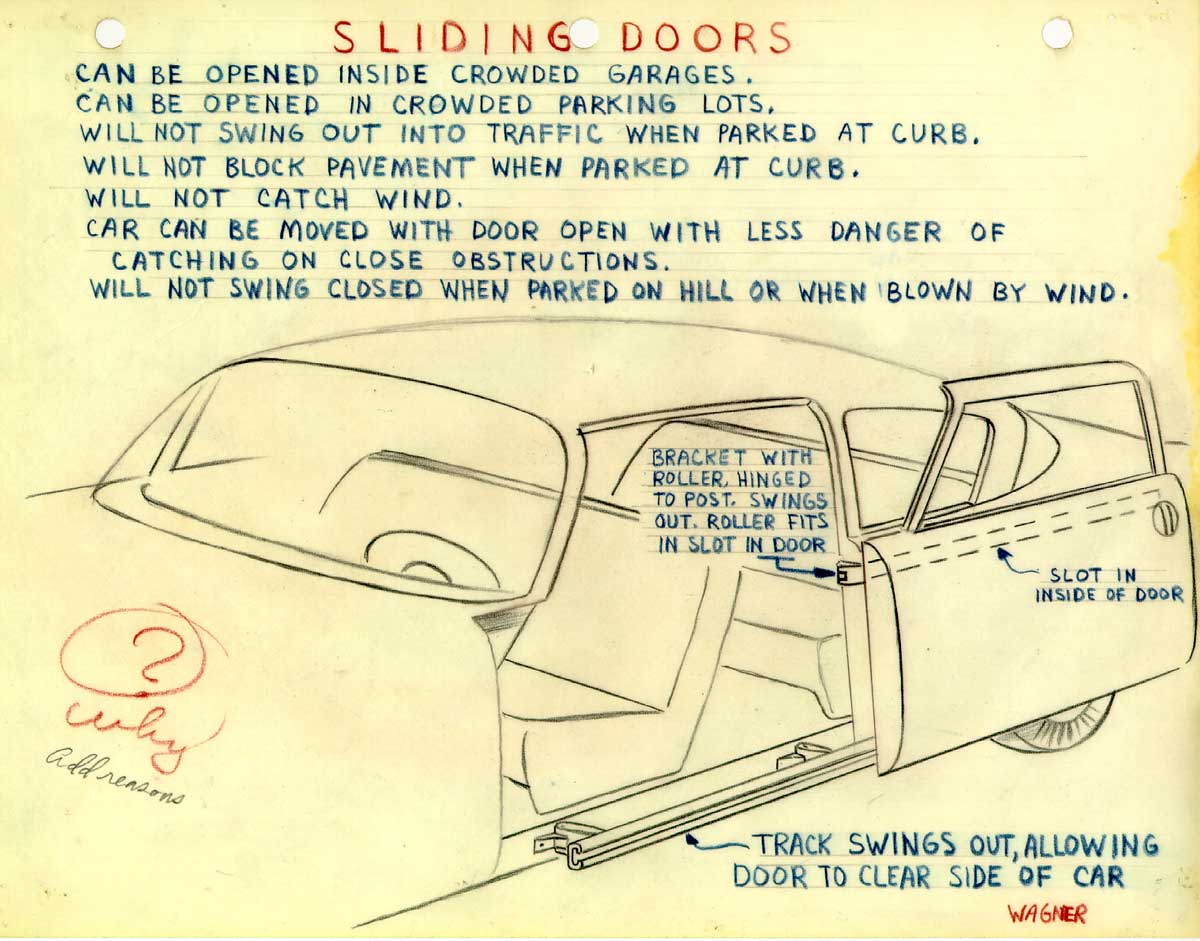
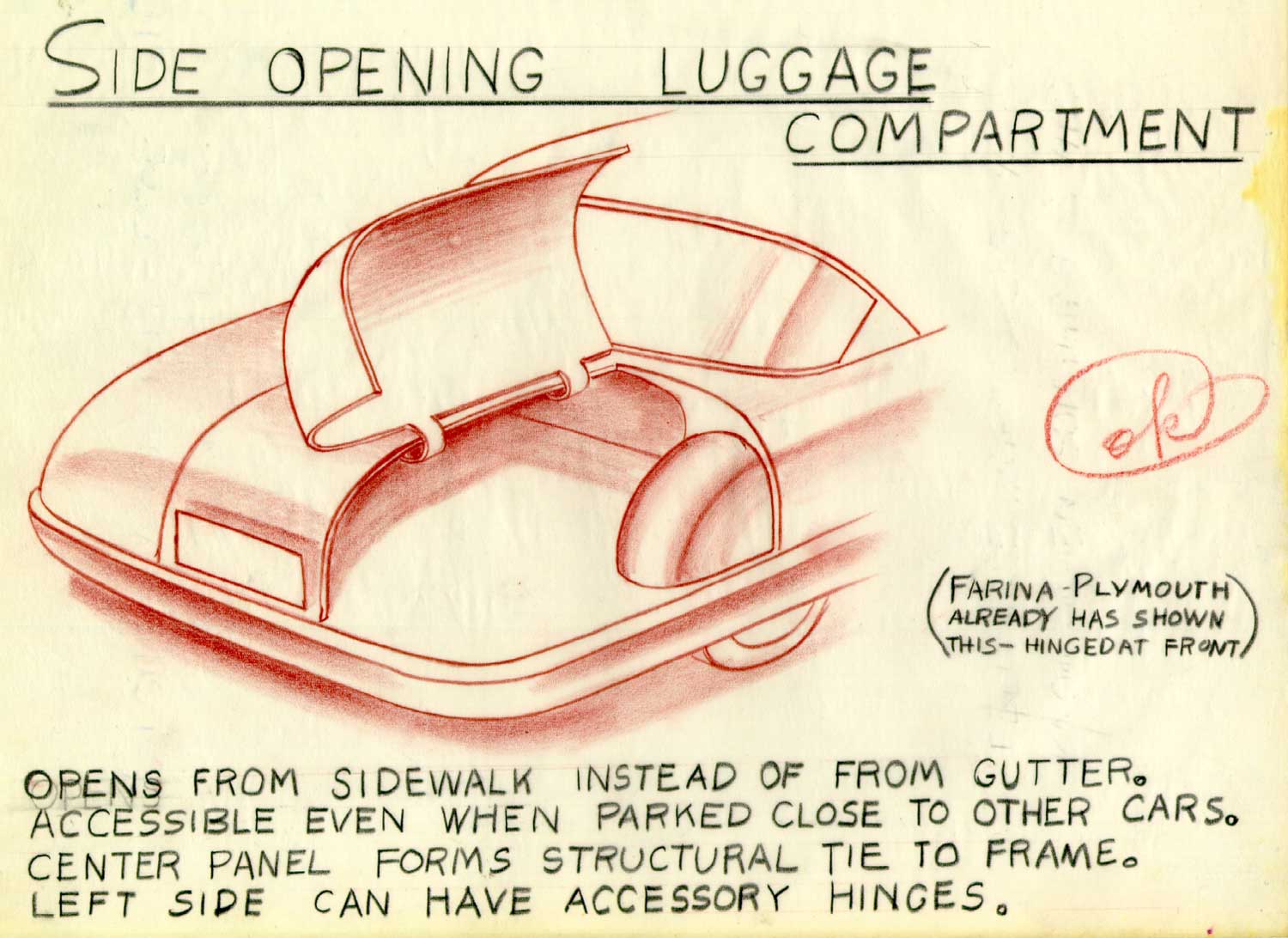
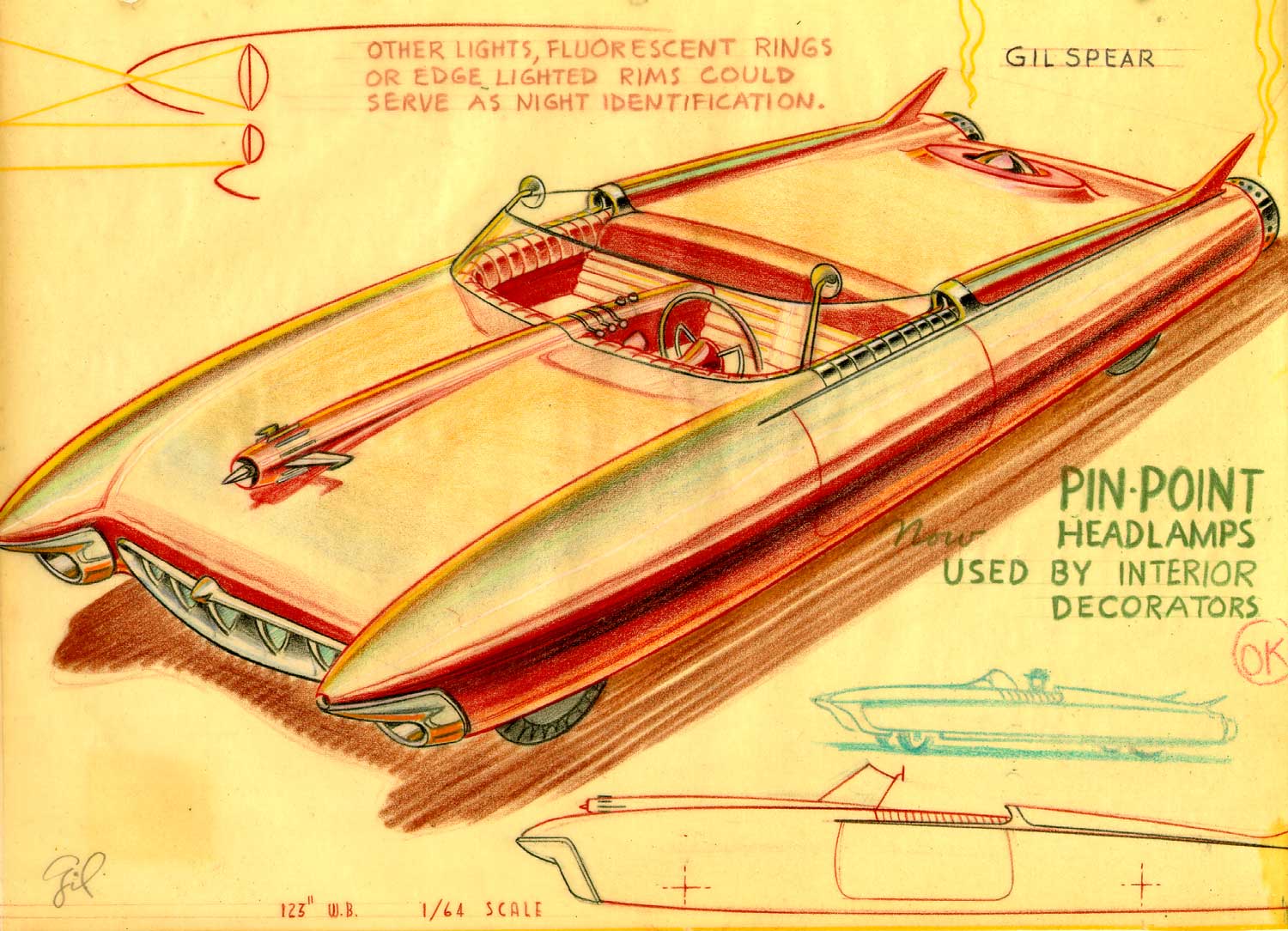
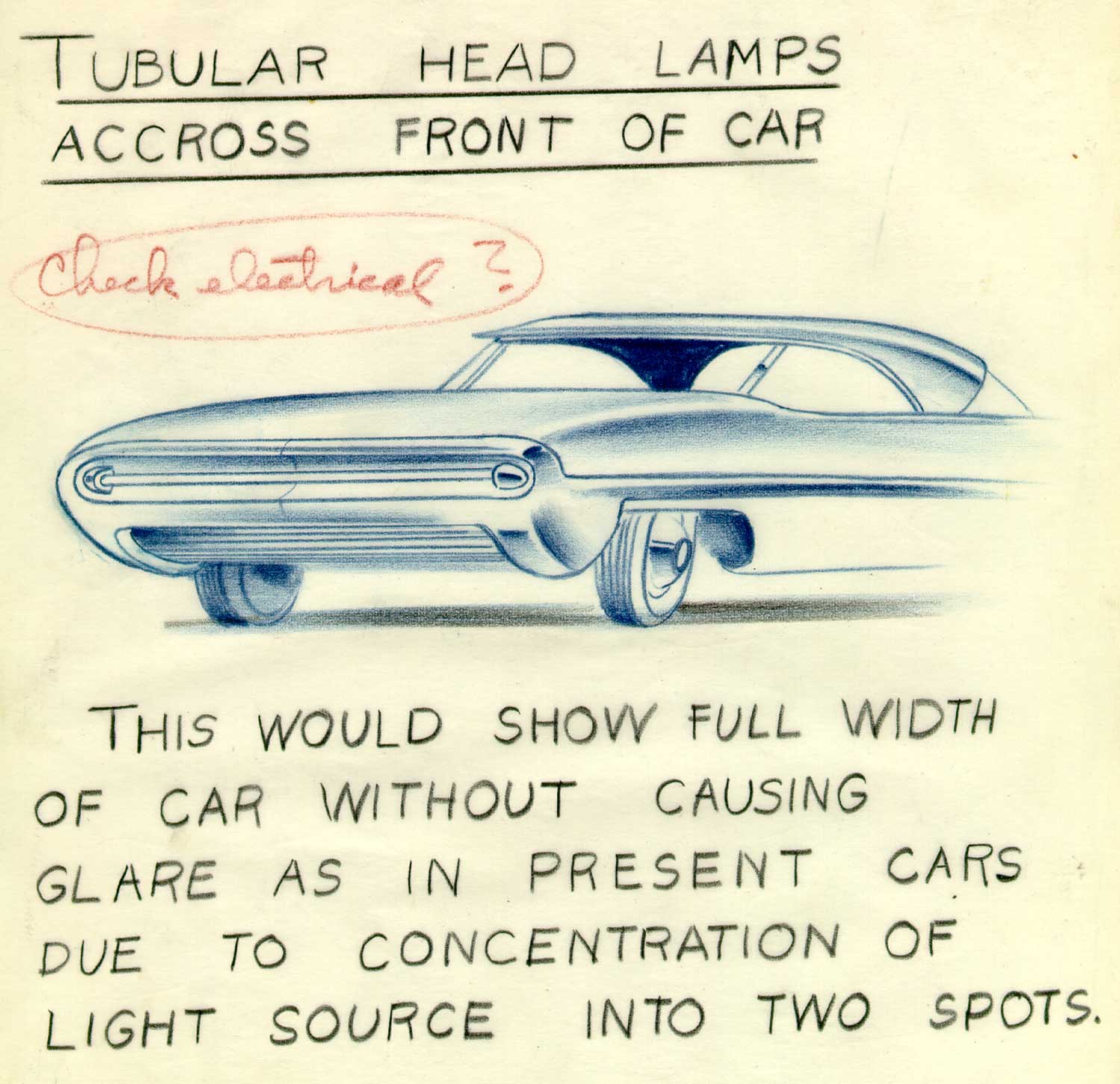
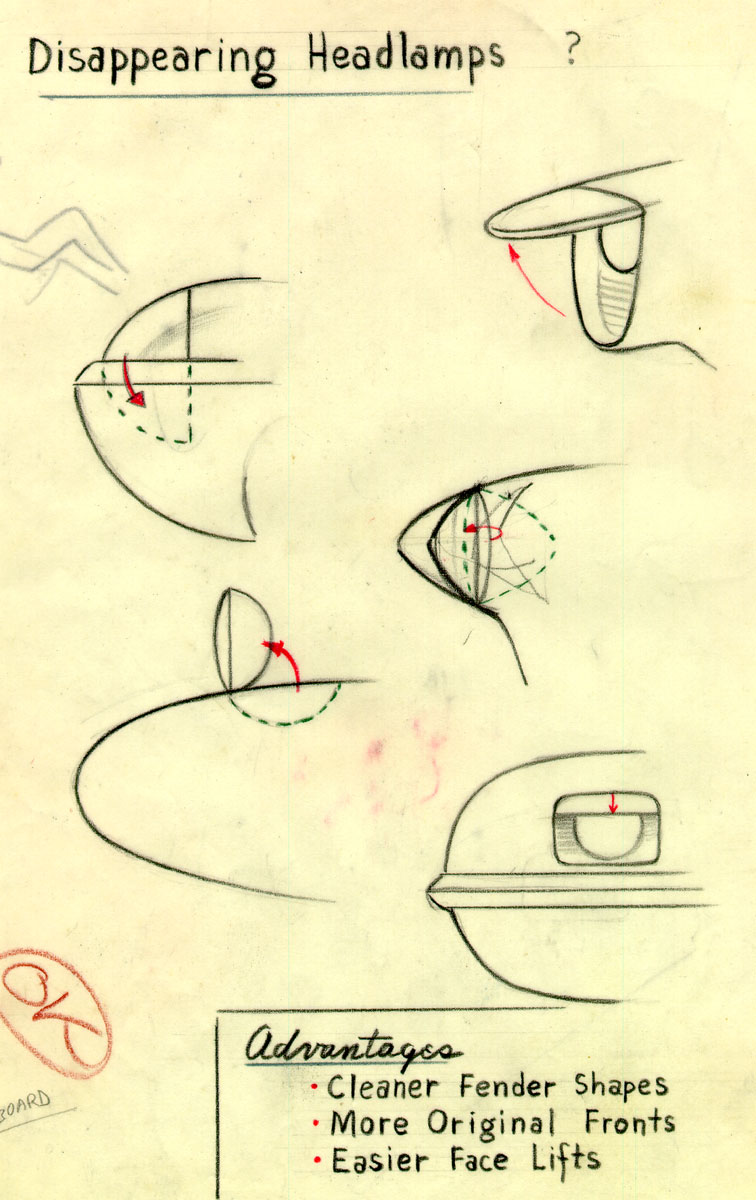
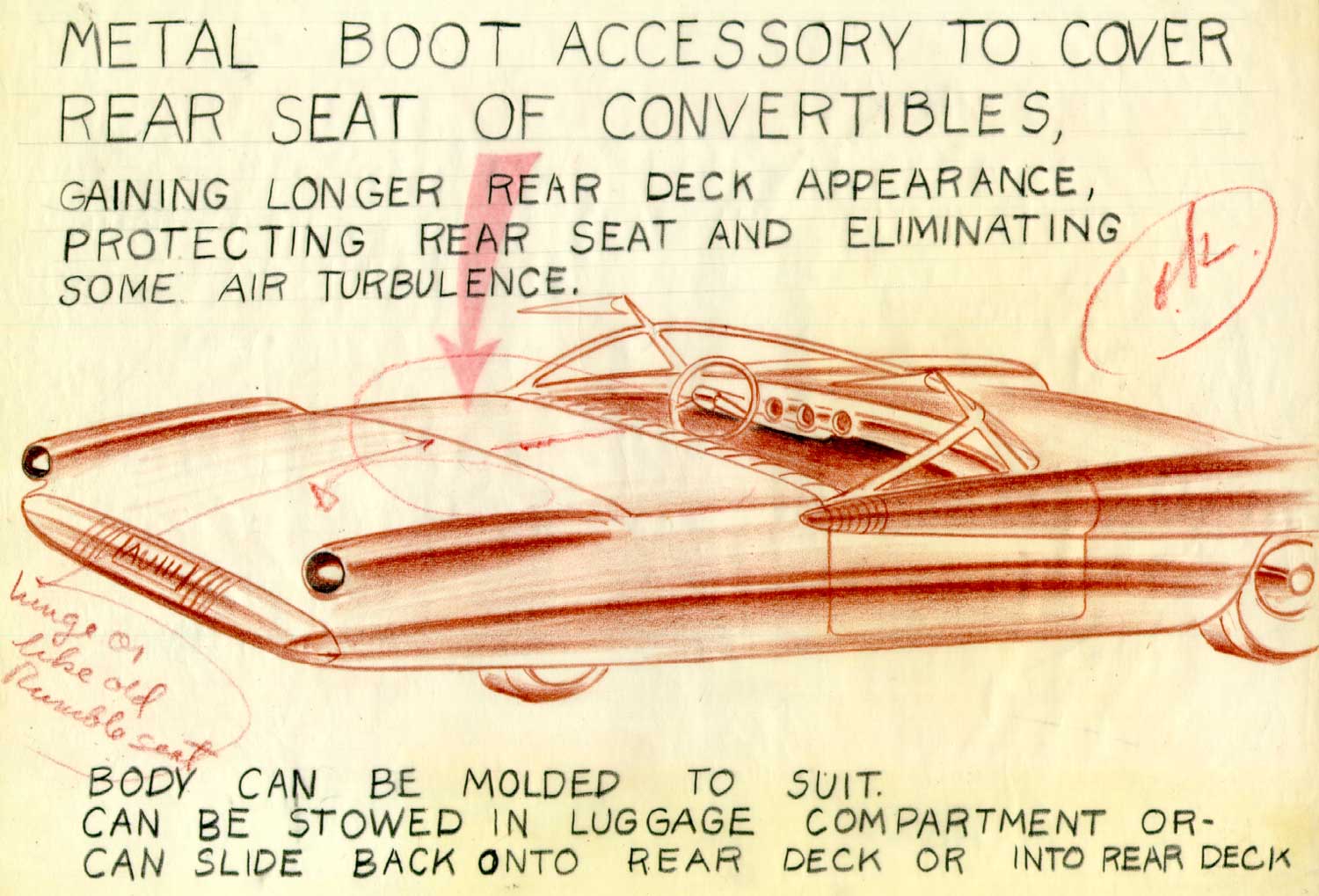
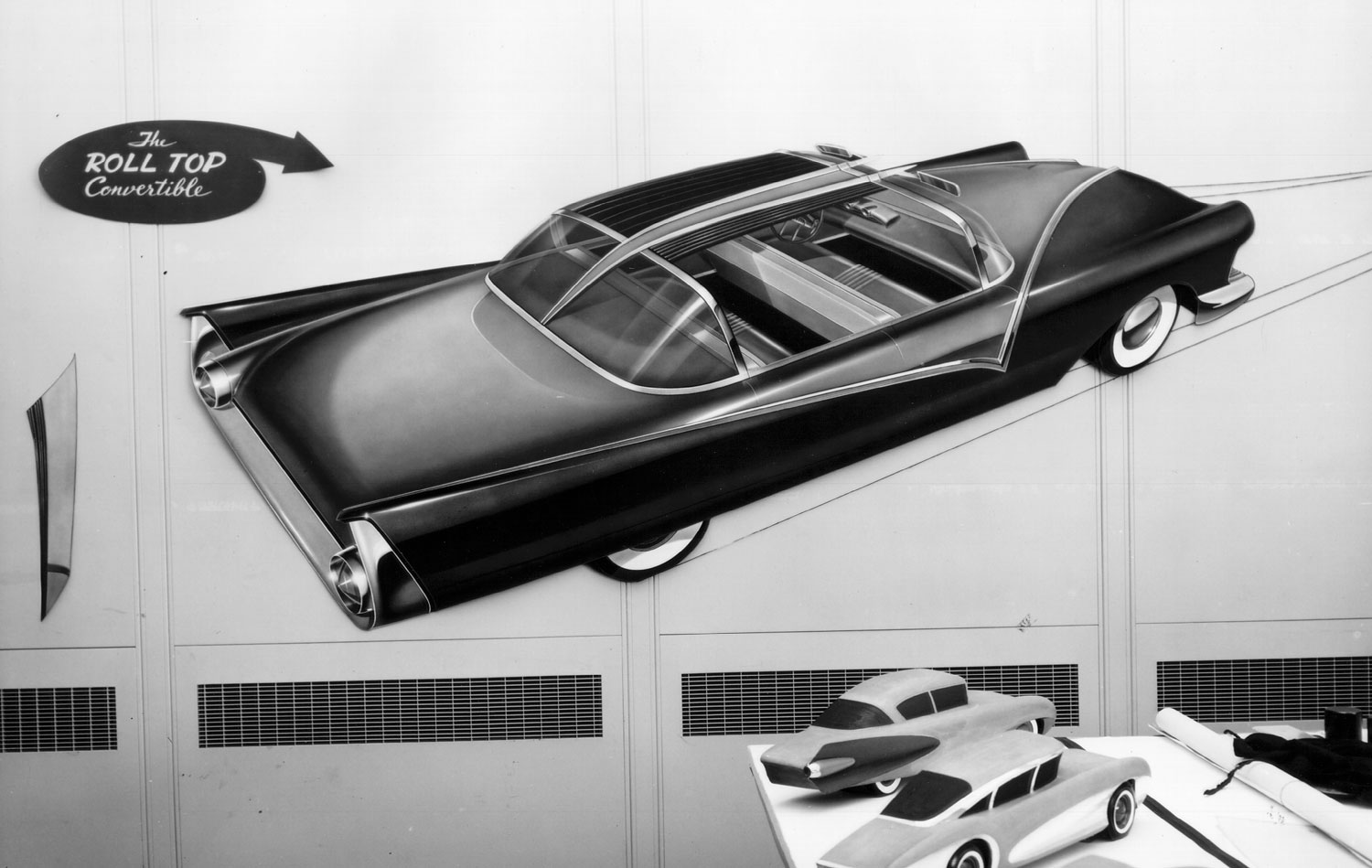
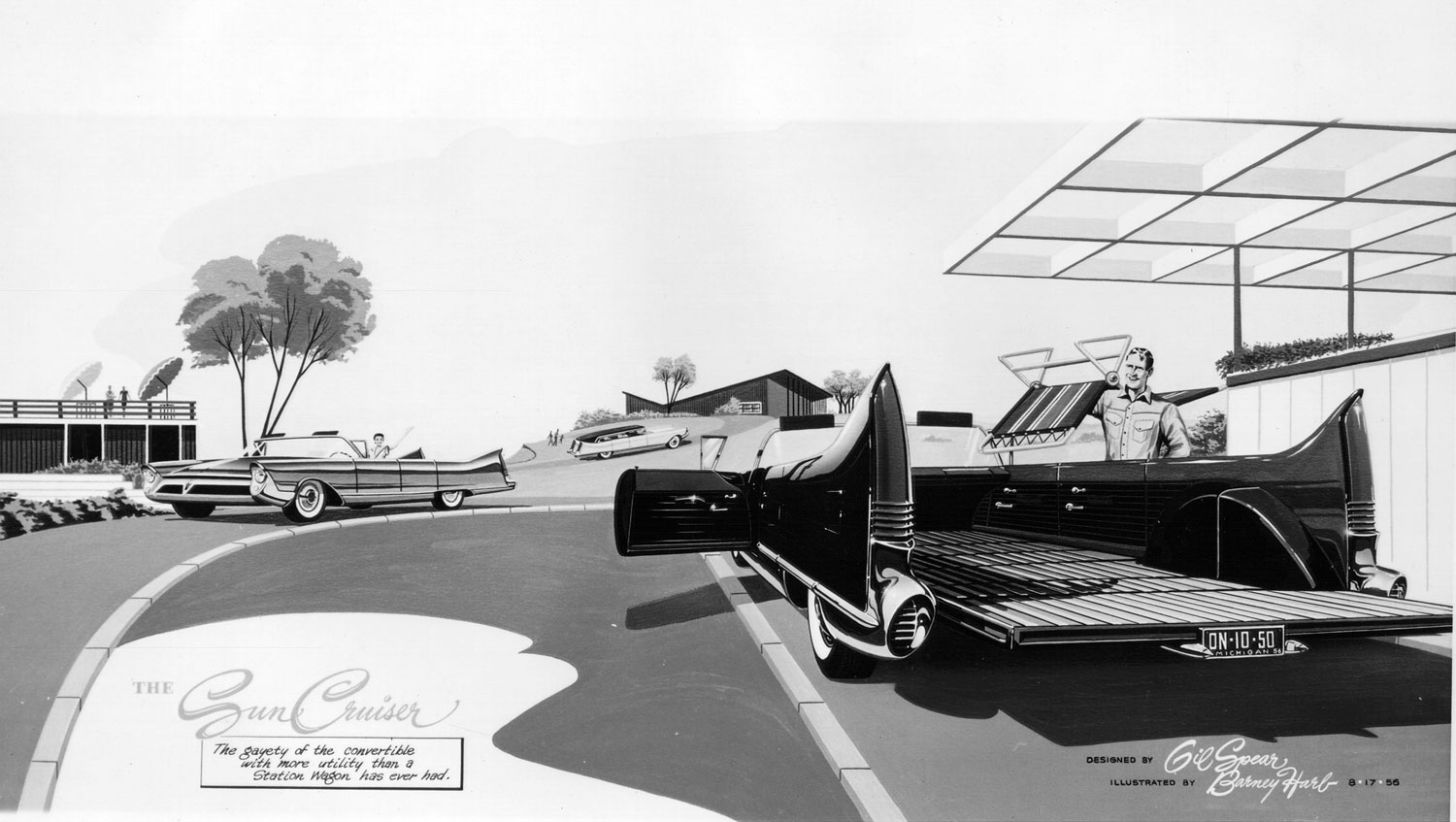
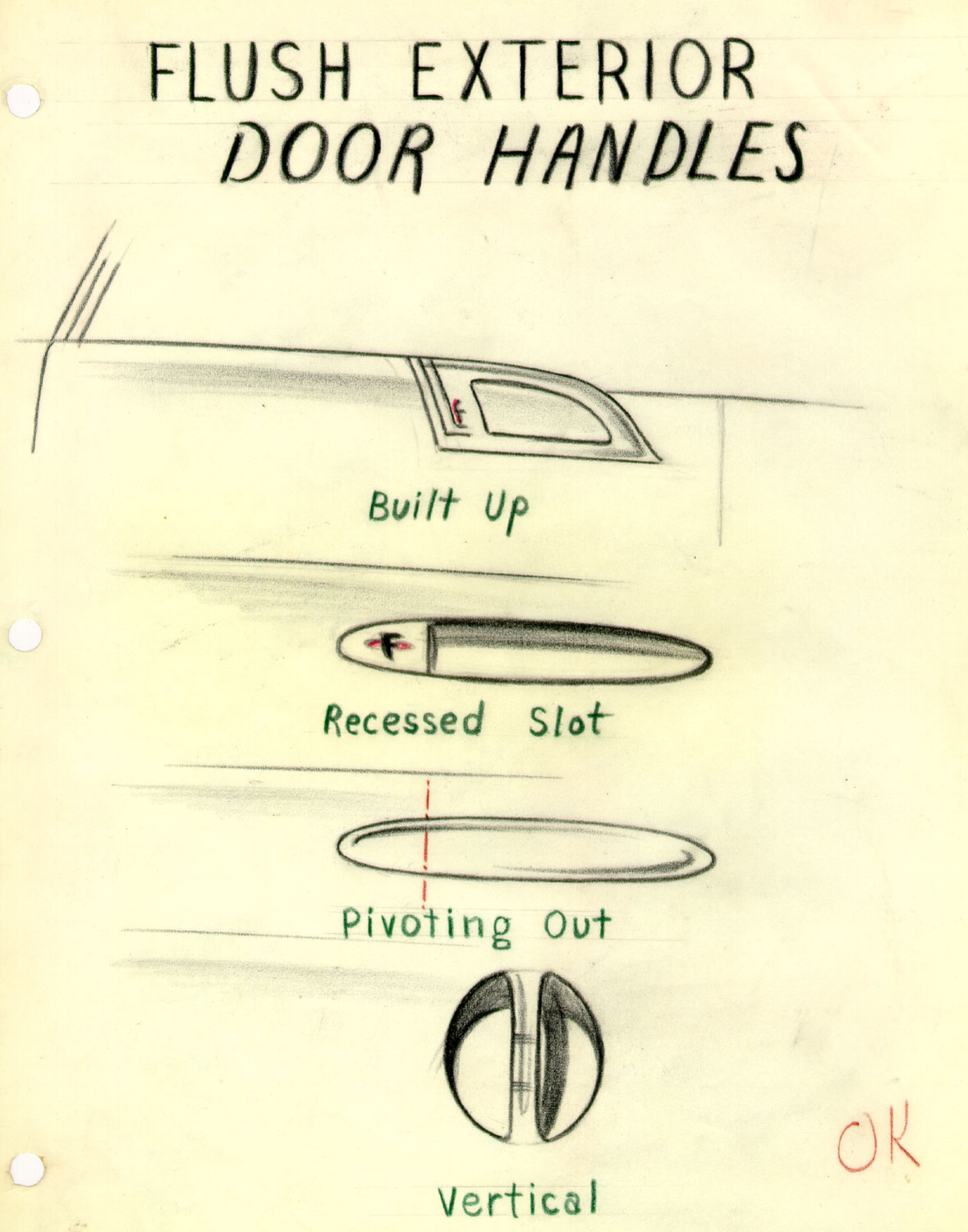
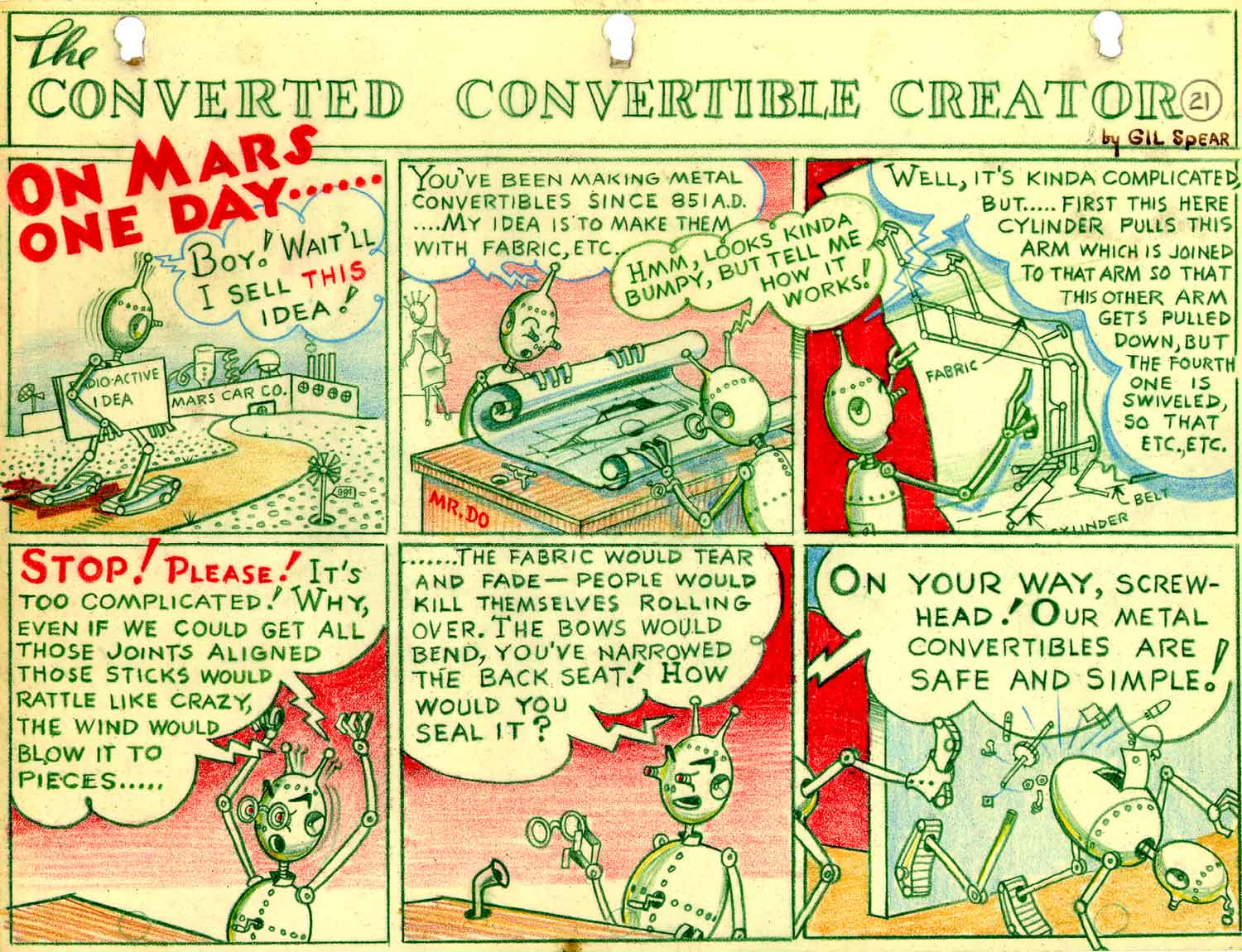
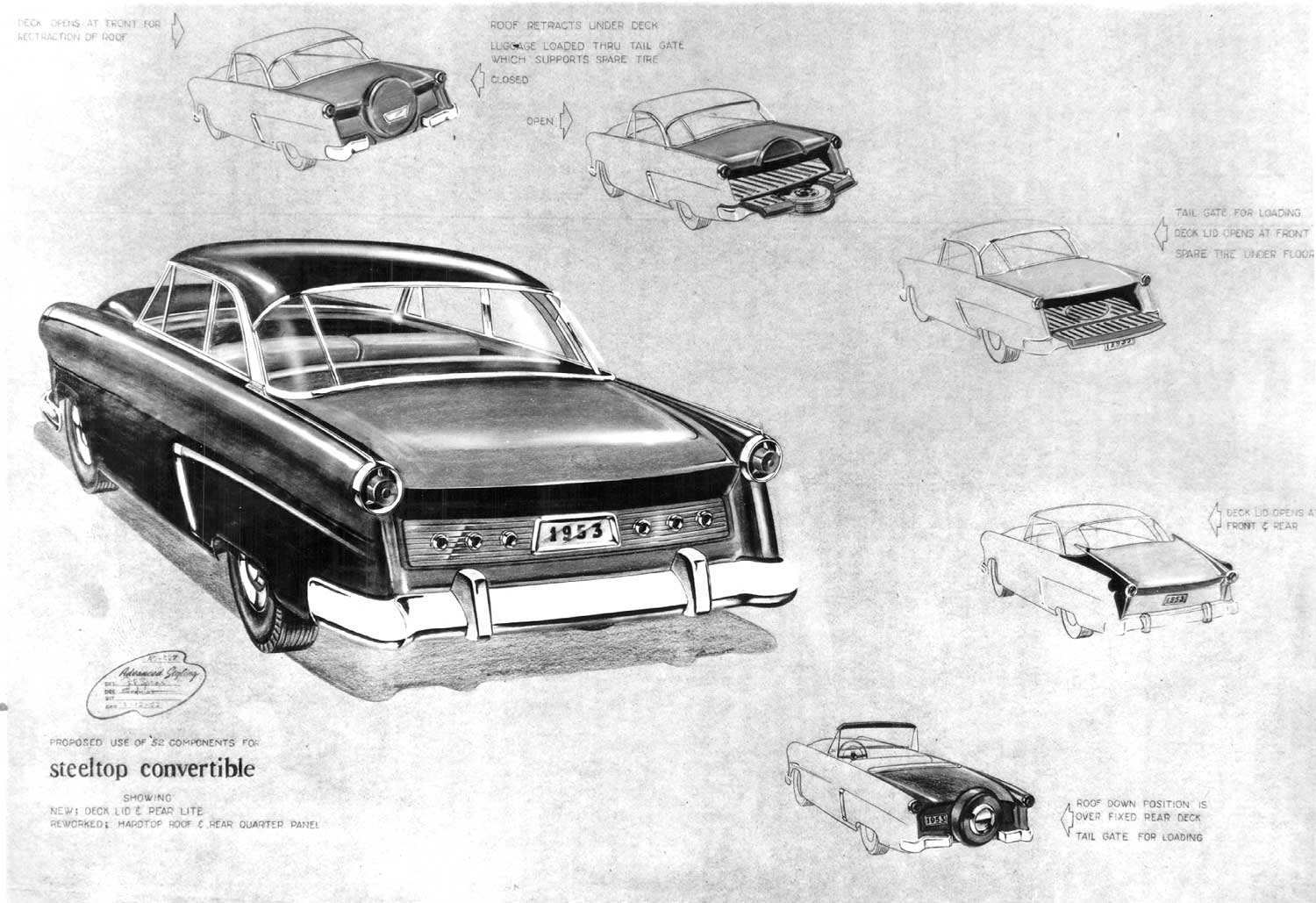
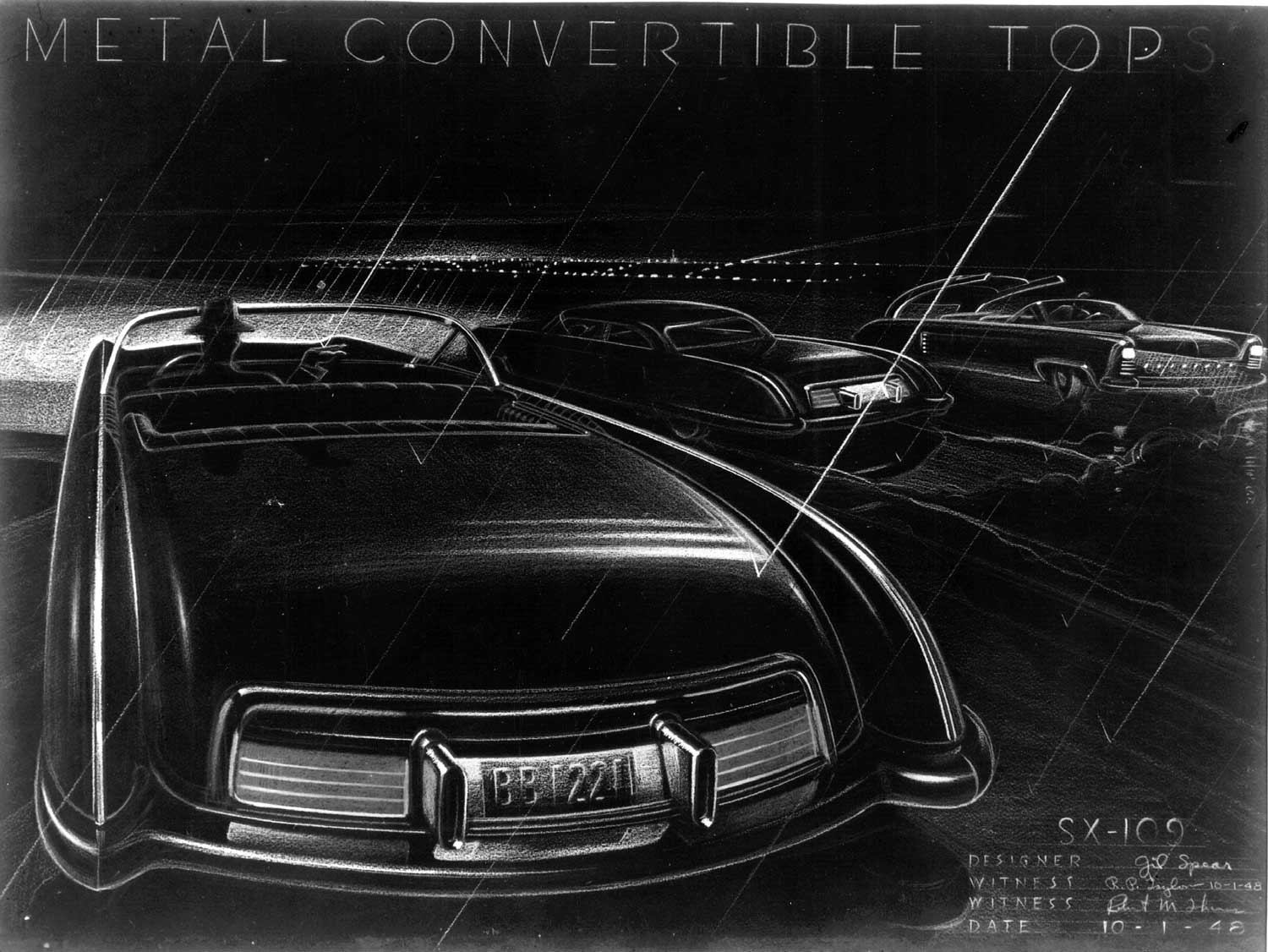
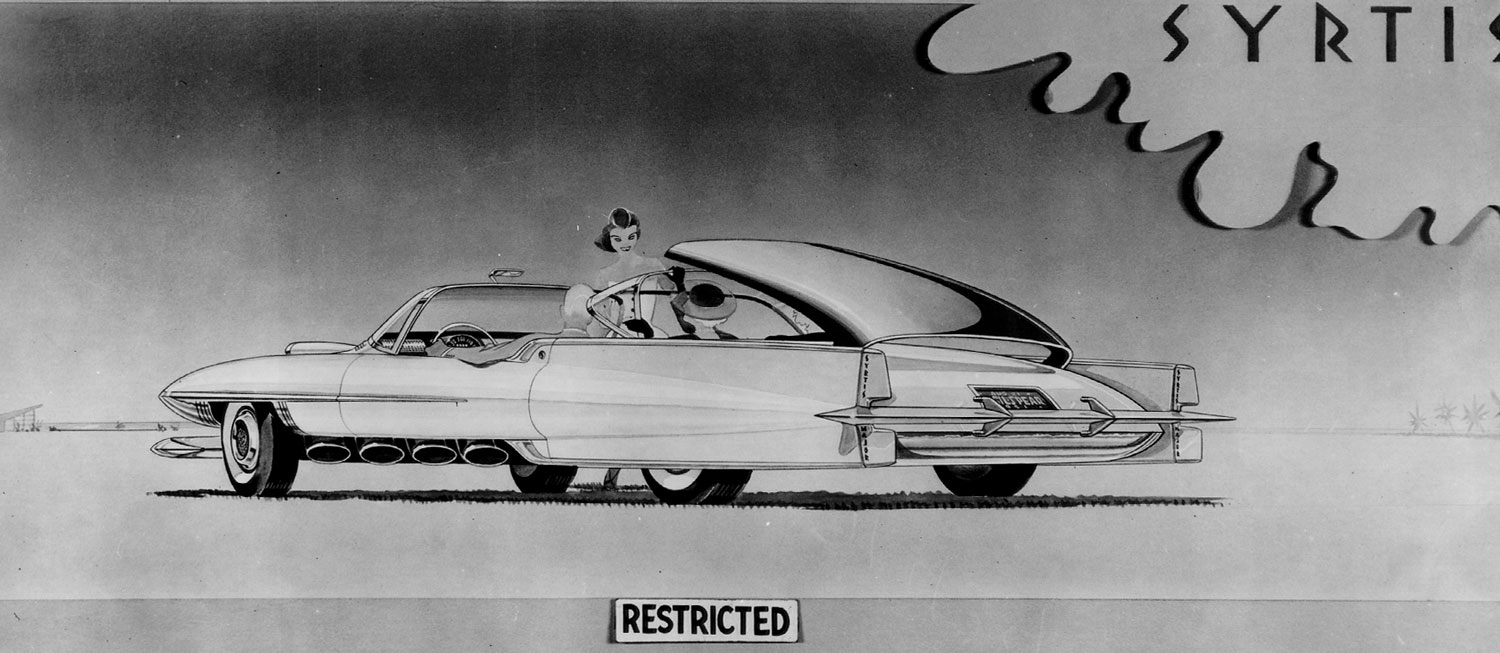
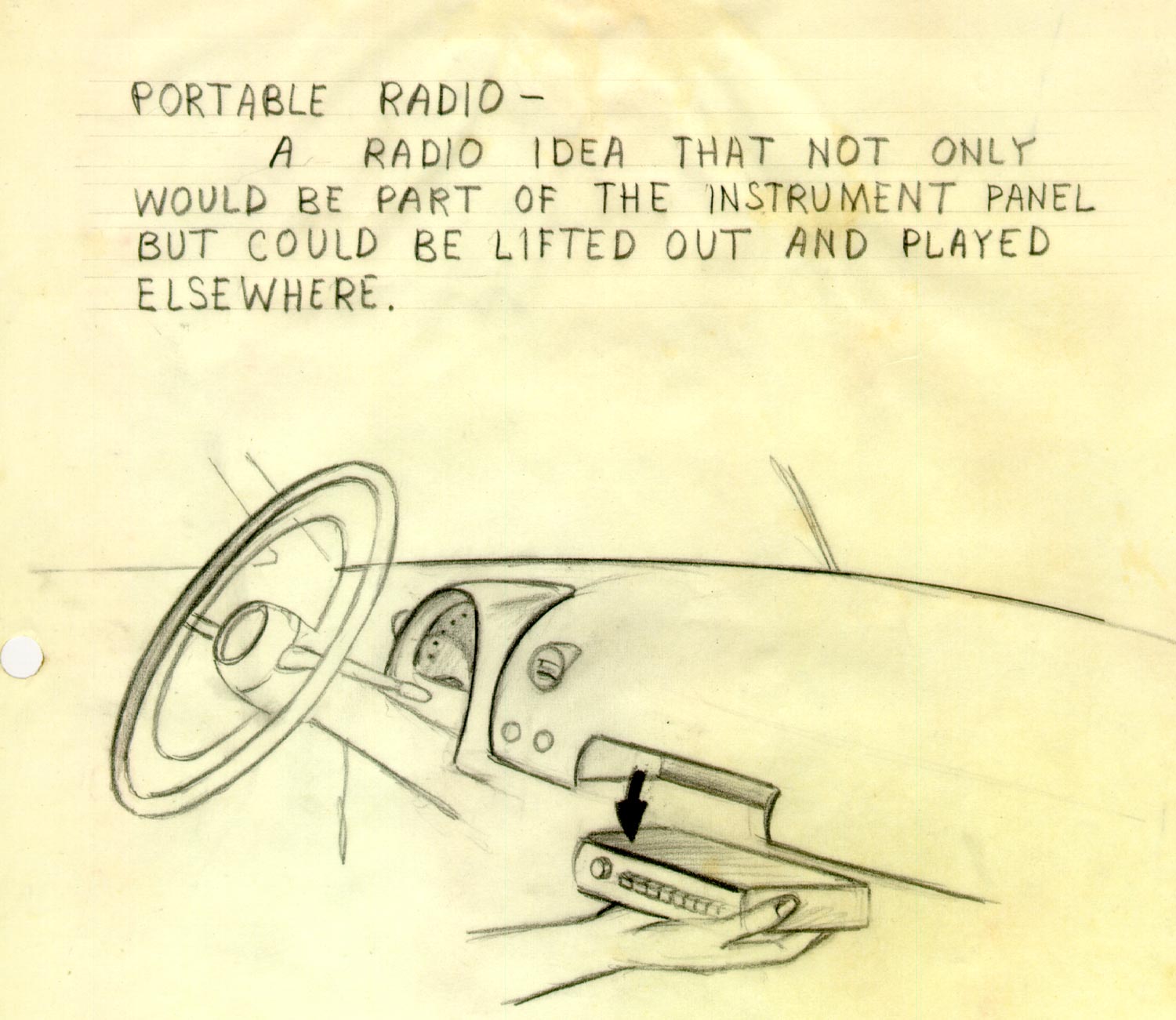
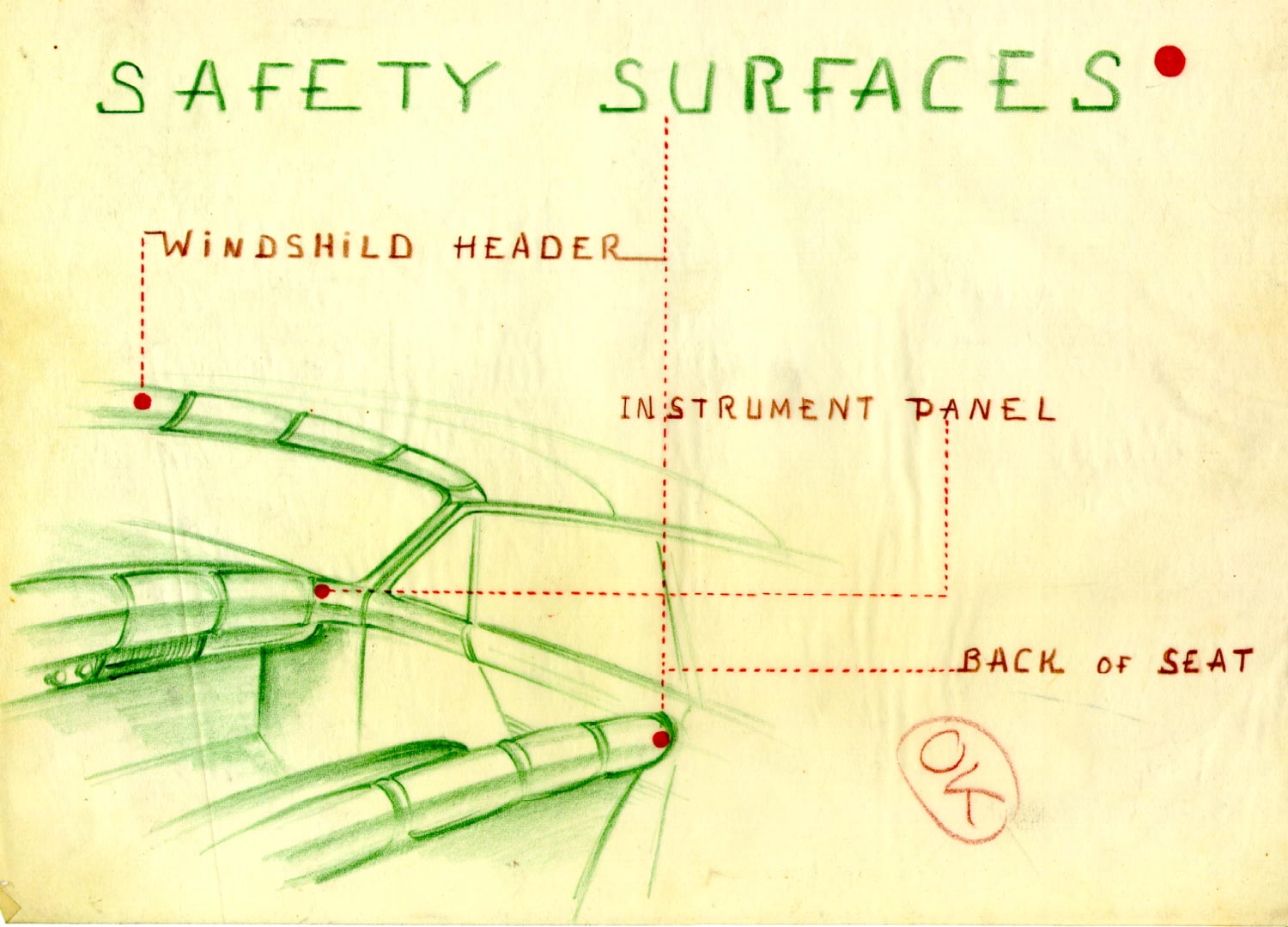
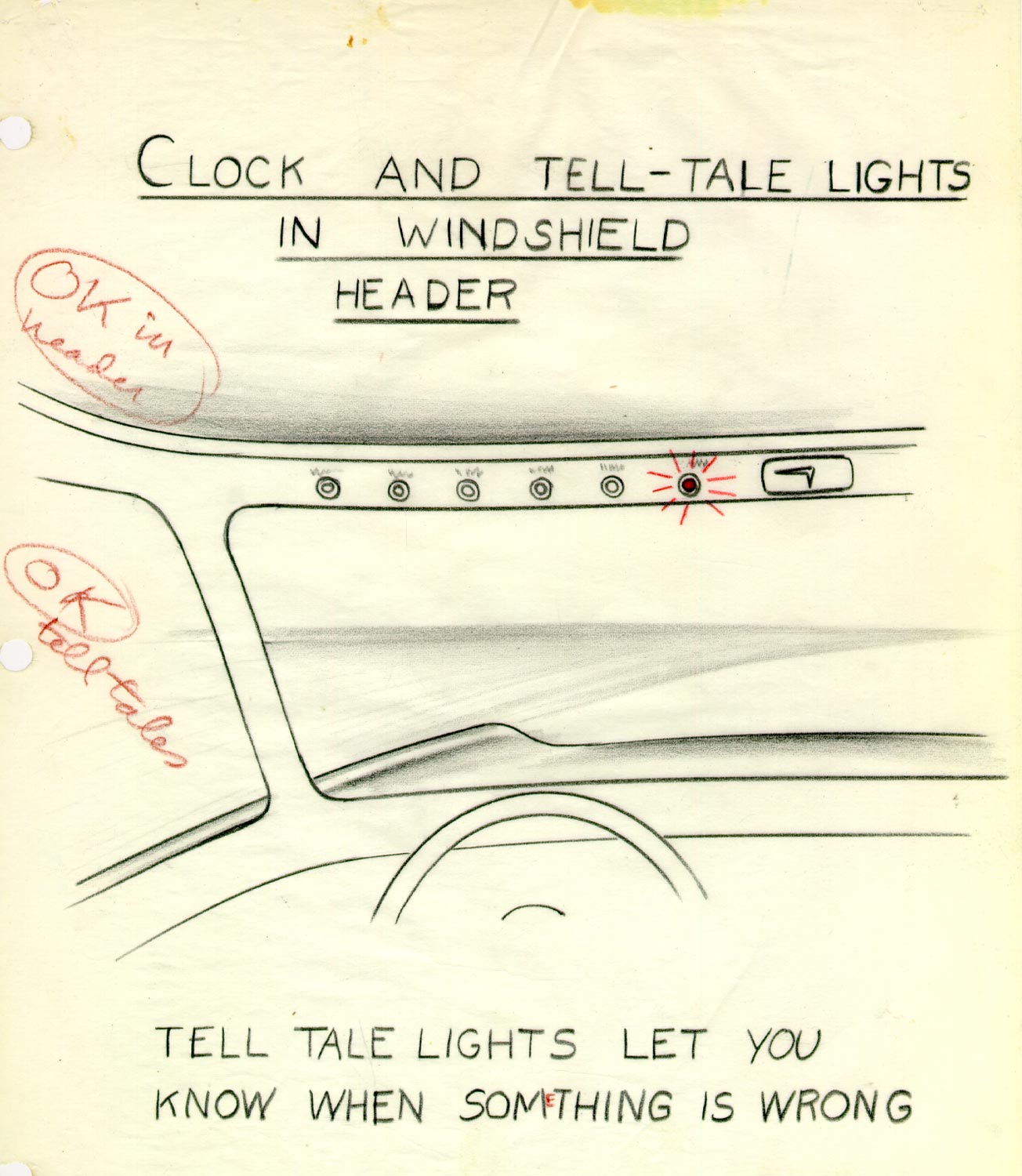
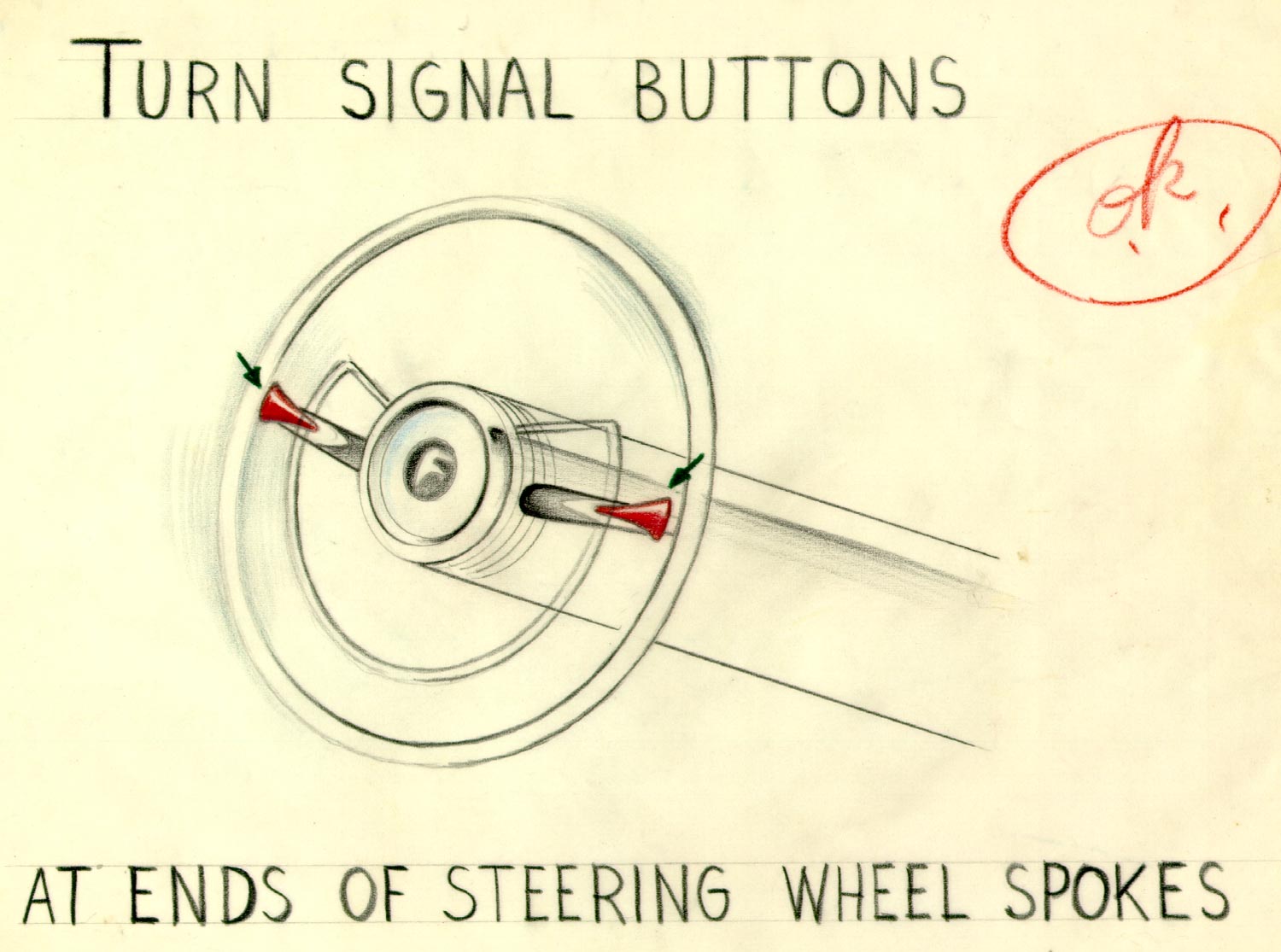
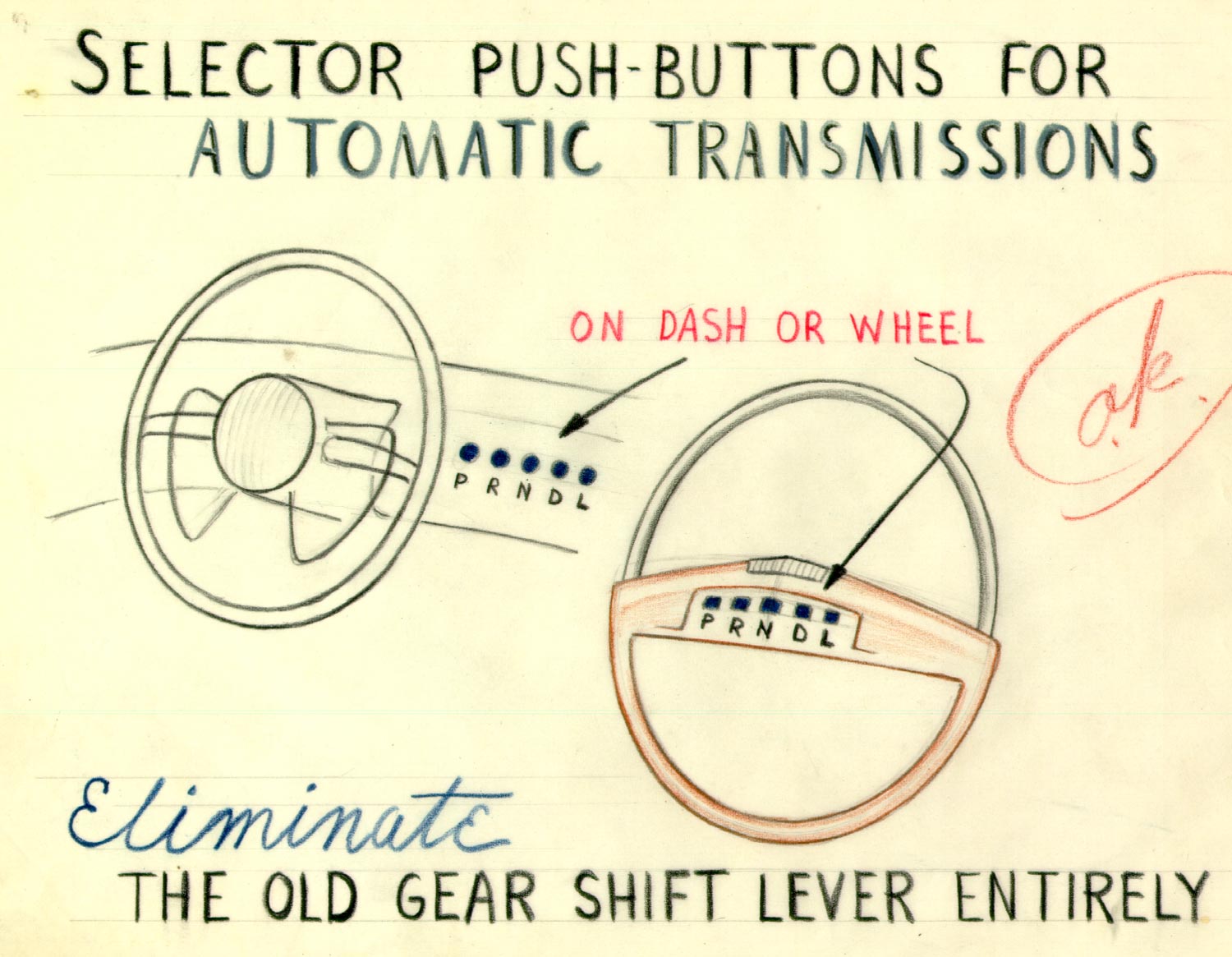
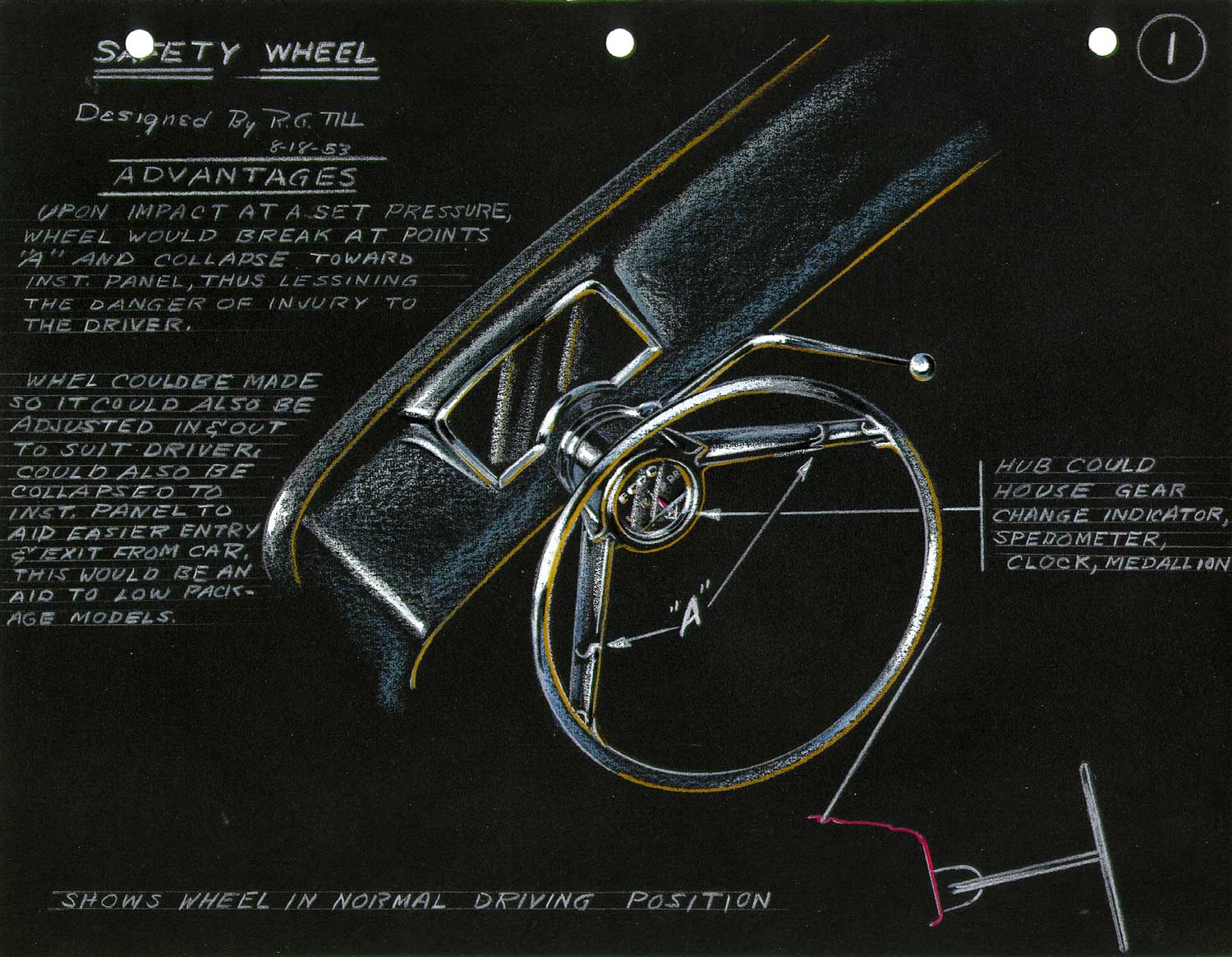
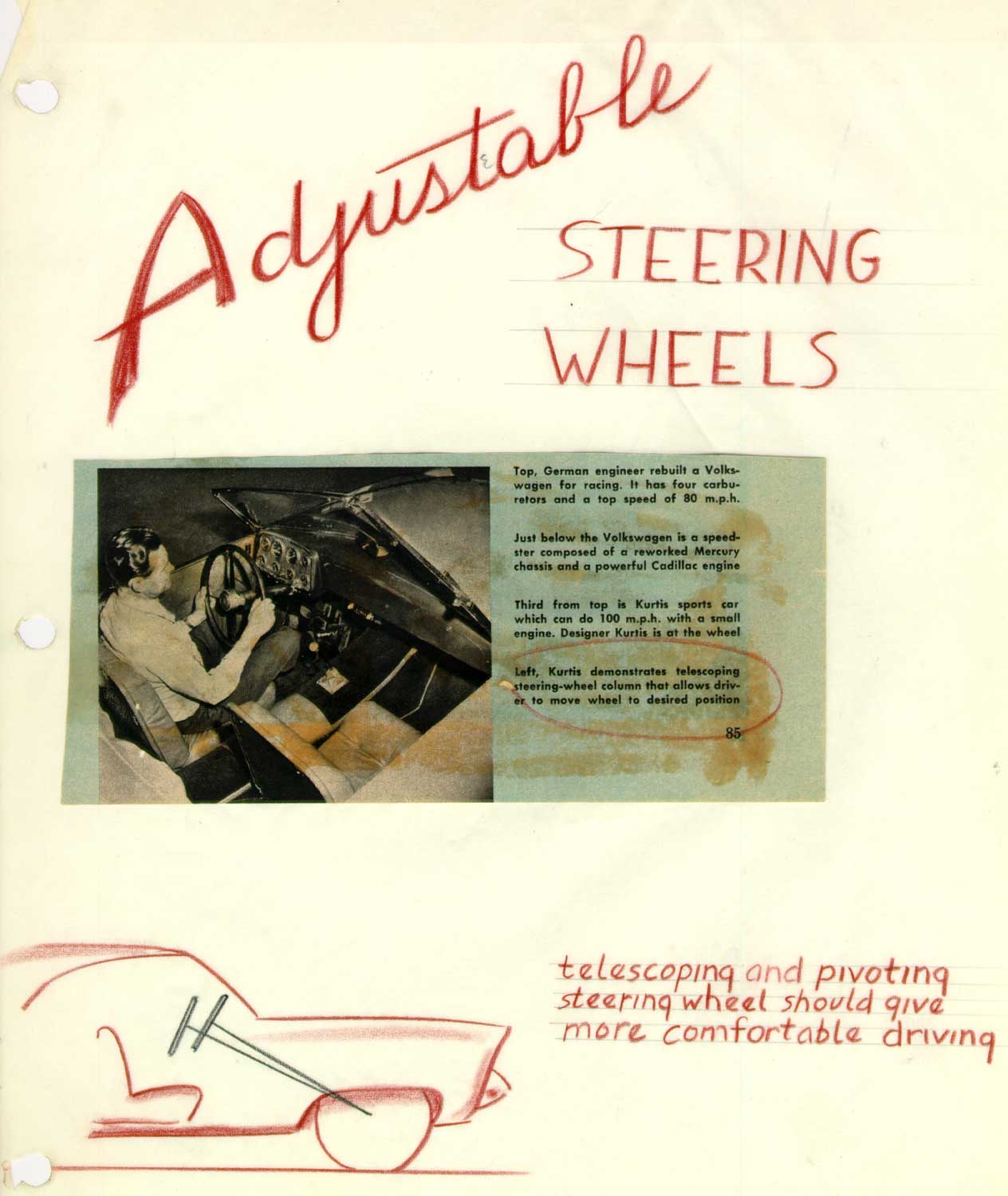
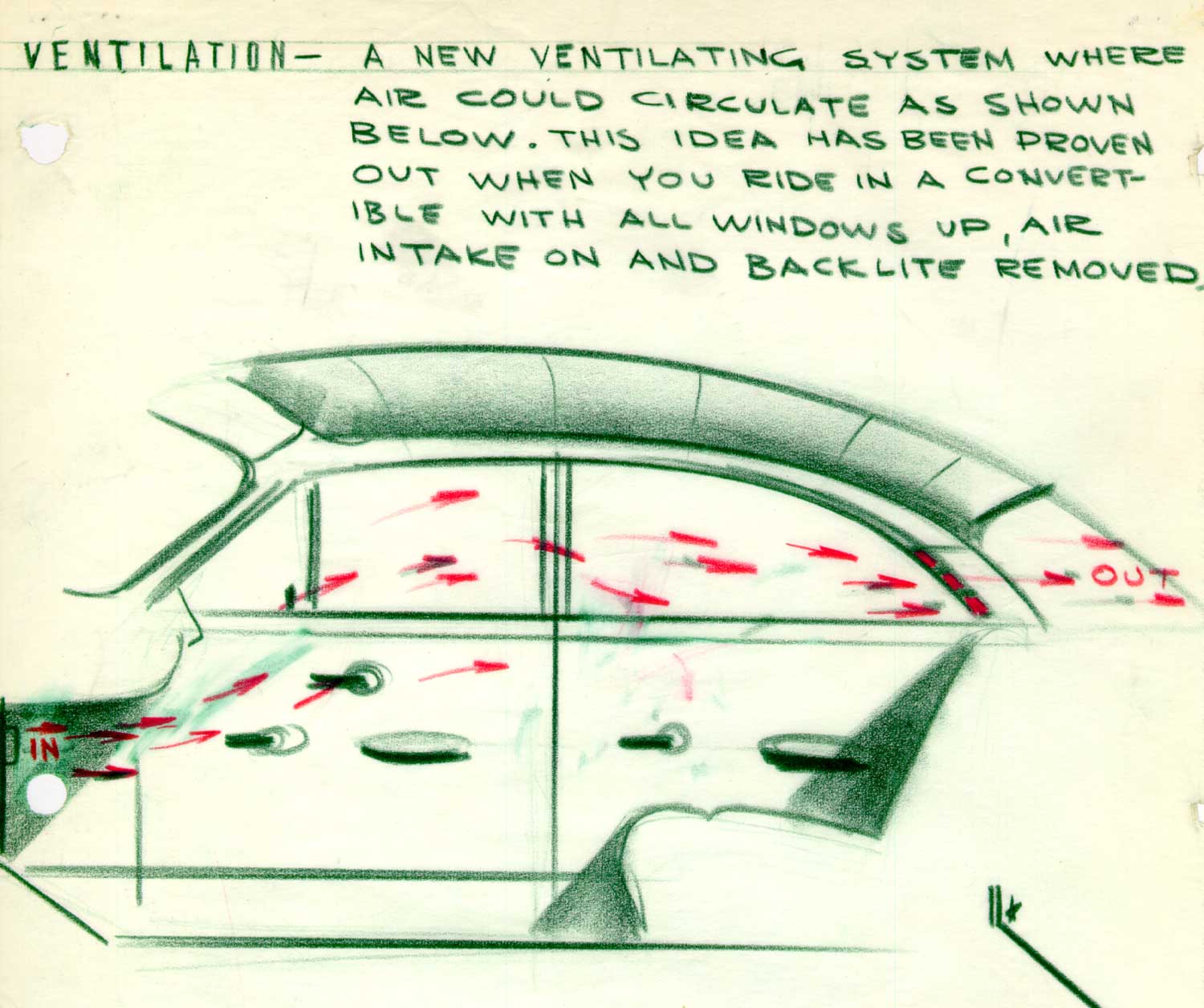
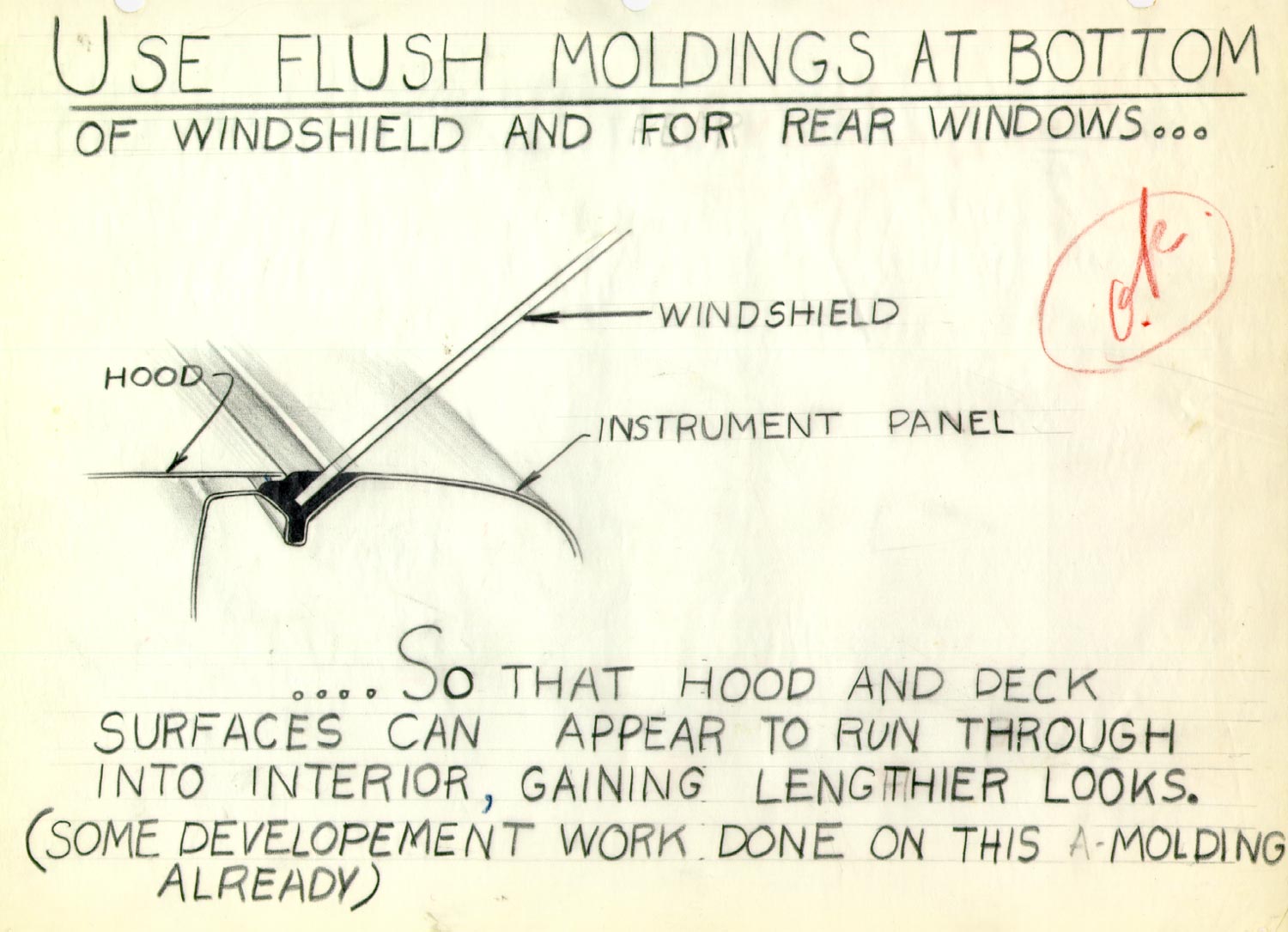
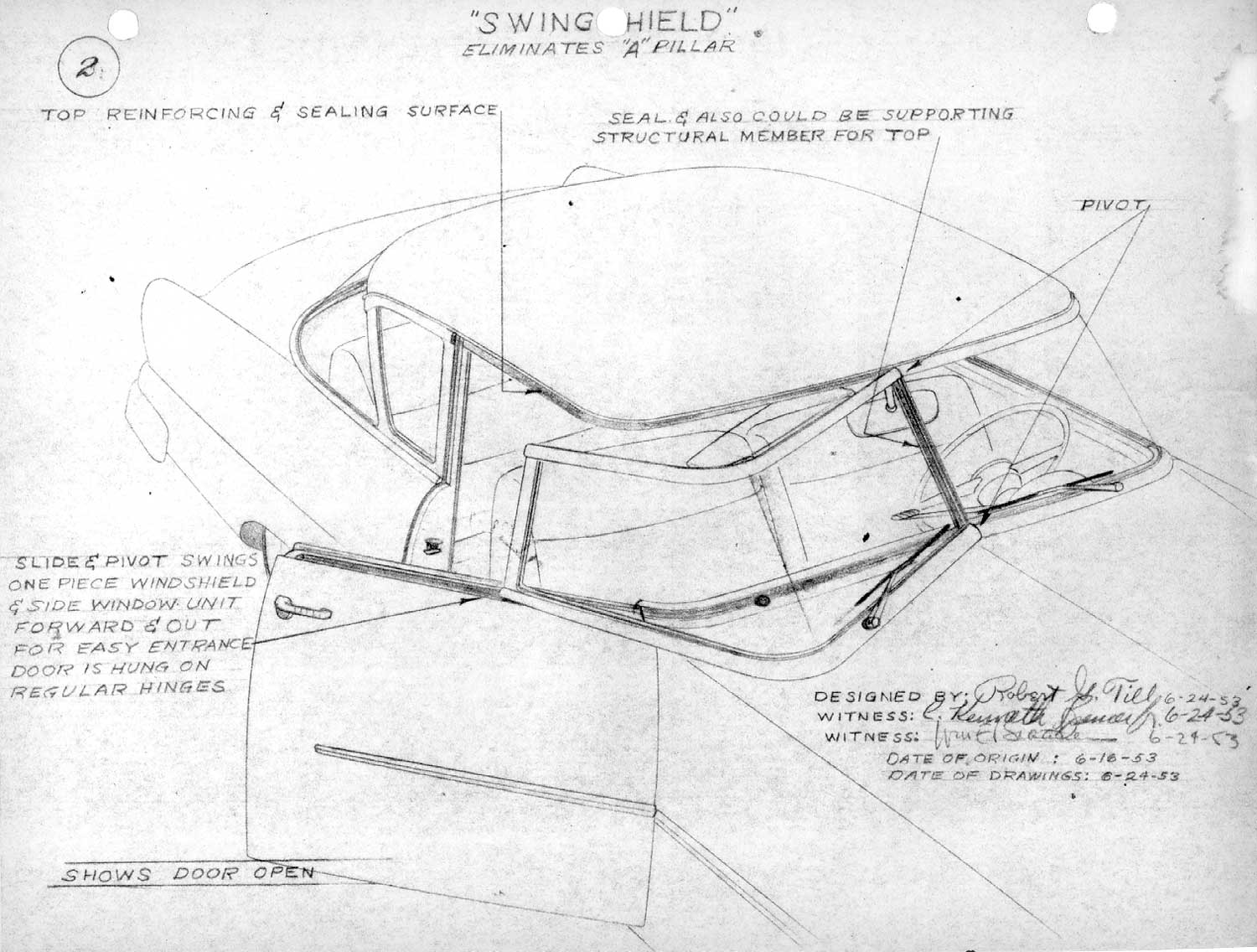
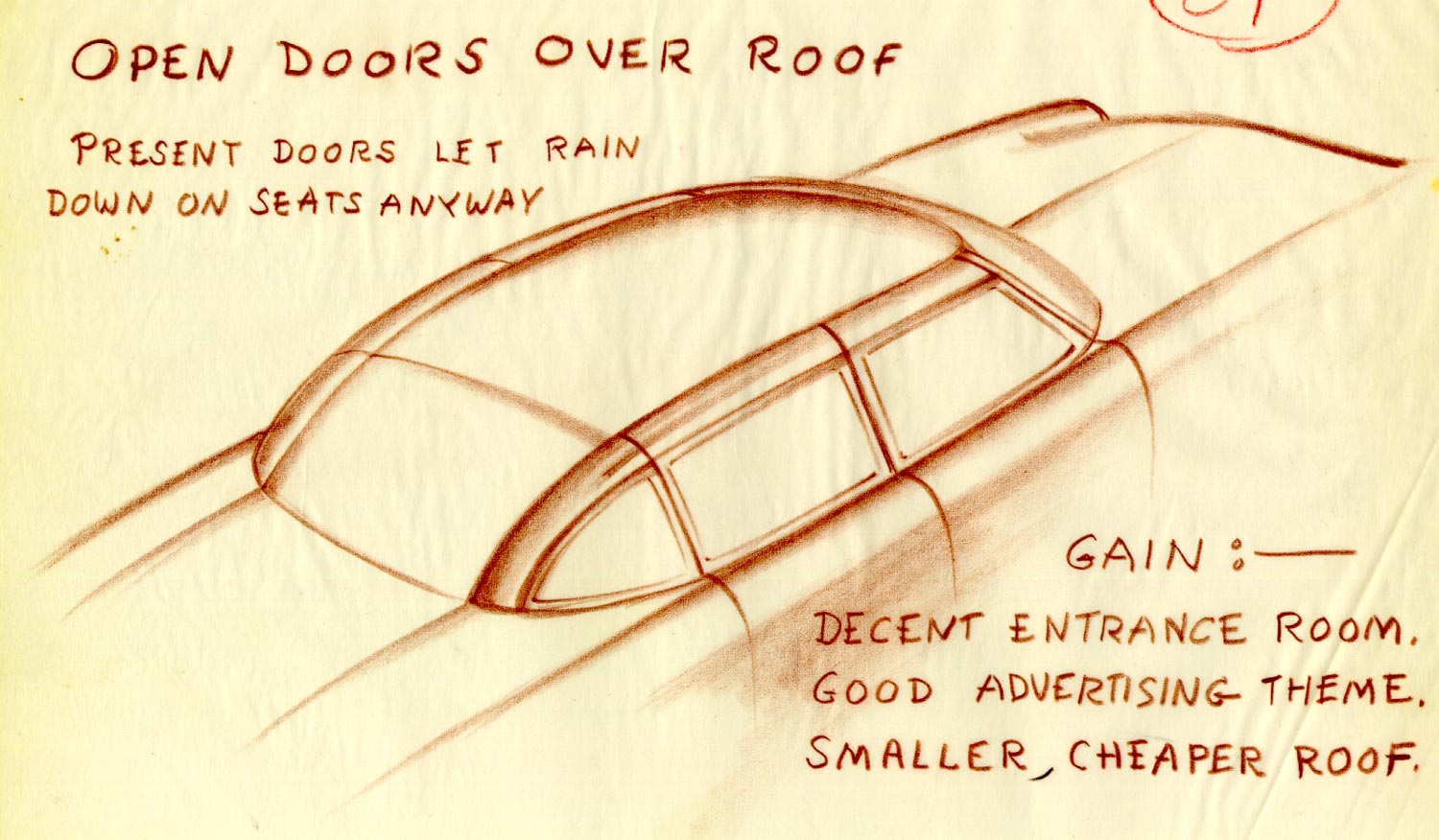
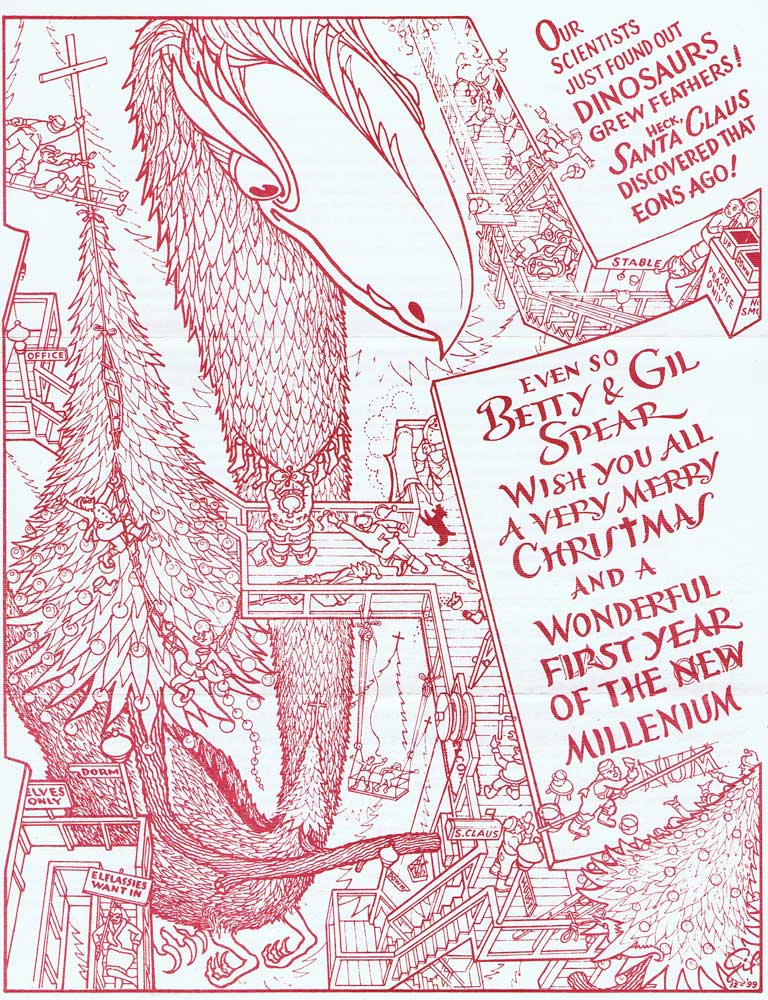
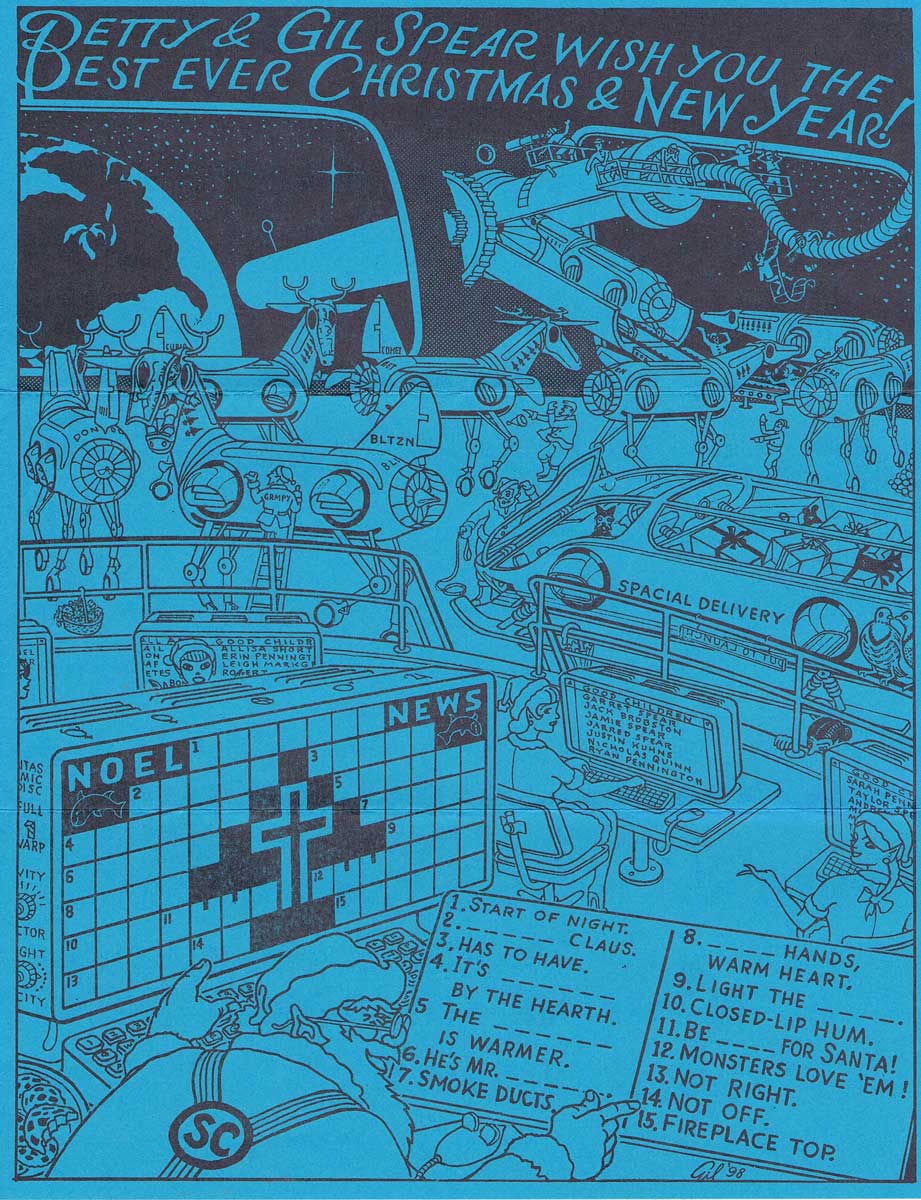
incredibly fun to look at and some actually great ideas….
BTW love the Christmas cards
Love this stuff!
Started with the intention of being a designer but life got in the way and then after various other careers he landed back in design. Glad he stuck with it.
His ‘engineering’ ideations remind me of my college project presentation that landed me an internship.
Never give up hope.
Delightful post! We’ve long known the name but before now little about the man.
Graduating from the Cleveland Institute of Art found me at Ford with Gil Spear as my first boss. Wow! I was so lucky to have a patient boss, which is what Gil certainly was. He helped this young “newbie” learn the ropes of successful design. I’m now in my 80s and still appreciate the kind and teaching leader he was. Gil was an amazing designer & equally amazing boss who helped develop and have a 40 year career in automotive styling in Detroit.
This is a fascinating insight into a creative mind of the era! Some of his ideas are seen today (although refined via computerization, or other means). This seems to be a common denominator among creatives that flourish when allowed to design in a supportive corporate environment.
Hi Gary,
Gil Spear was a good friend of mine. He was my first director of an advanced studio when I started at Ford Design in 1966. He soon tranfered me to Joe Oros’s Ford Production studio as the T’Bird Design Manager where I did the 1970/71 T’Bird
facelift, then the first (1970) Ford Maverick there for Kieth Teter, and then the ’71
Mustang front end.
Soon after, when Joe was sent to Ford of England, Gil went with him and I was given
a small studio where I did the first advanced full size clay of the Pinto that was seen by Larry Shinoda and sent to the production Mercury studio to be finished with
a front end that I didn’t like (headlights out of proportion). I was then placed in a studio under Duncan McRae (I had worked for him at Studebaker) and did the Pinto wagon version. This was in 1968.
Joe Oros sent for me to go to Ford Design of Germany and I spent one year there before Joining him and Gil in Ford Of England. There, by 1971, I did the first Fiesta and Ford of Europe was instigated.
When my father nearly became Ford’s Vice-President of Design in 1949, but was replaced by George Walker, and then went to Chrysler, we moved to Birmingham and my father and mother took up again with Gordon Buehrig and his wife, Betty (who had been my mother’s best friend in South Bend) and I with Barbara, their daughter. The Buehrigs were living in Dearborn and had my folks over many times to
play Bridge with the Spears and (“Big Mouth”) Van Patrick (Detroit Lions football radio announcer) and his wife.
Seems like you, Gary, are missing the Exner book: “Virgil Exner, Visioneer” by Peter
Grist (Veloce Publishing, 2007. in your website.
Thank You,
Virgil M. Exner, Jr.
Gil Spear rendered a small portrait of me when I was in elementary school c. late 1950s. Still treasure it.